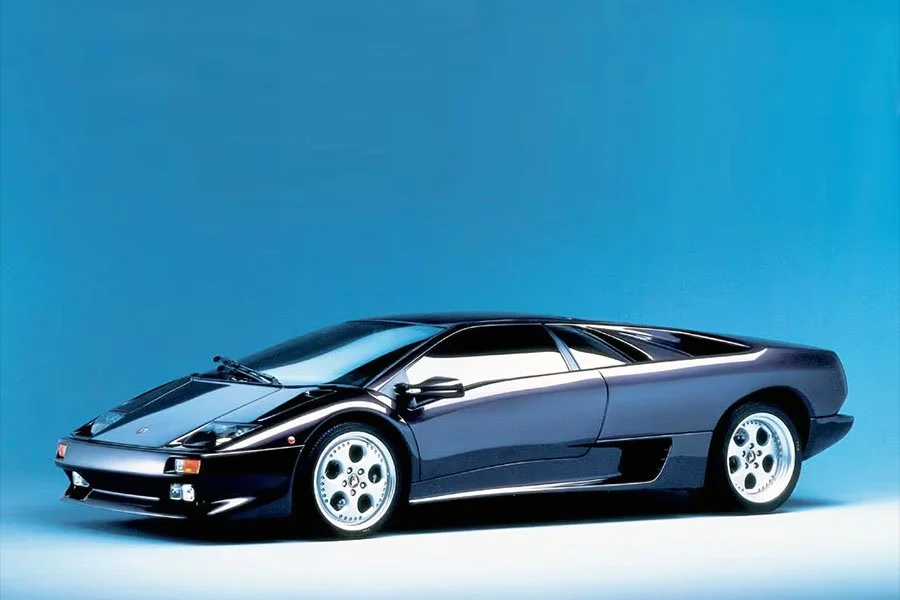VIN: Hubert Hahne's Lamborghini Miura P400 SV/J chassis 4860
/HISTORY OF CHASSIS 4860
Chassis 4860 started life as one of the 147 Miuras built to SV specification.
Painted Arancio with a Nero interior, the left-hand drive car was dispatched on April 29th 1971 and delivered via the InterAuto Lamborghini dealership in Brescia to Dr. Alfredo Belponer. Dr. Belponer owned a fleet of exciting motor cars and was president of the Scuderia Brescia Corse racing team.
Two weeks earlier (on April 12th), InterAuto had taken delivery of chassis 5084, the one-off Lamborghini Jota. Dr. Belponer had agreed to purchase the experimental car after he received a call advising him the fastest Miura ever built was available to add to his collection.
Unfortunately, before Dr. Belponer got a chance to set eyes on the Jota, it was destroyed in a fiery accident. Chassis 5084 was crashed by one of the InterAuto mechanics on the brand new Brescia ring road. It barrel rolled into a field and caught fire. Only the engine was salvaged and the rest was scrapped.
It seems likely that the orange SV was supplied as the crashed Jota’s replacement.
By late 1972, chassis 4860 was back at the Lamborghini factory about to undergo transformation to SV/J configuration; Ferruccio Lamborghini had suggested to his friend, Hubert Hahne, that they should build him a final example of the legendary SV/J.
Hahne had been a works BMW driver since 1965, for whom he most notably raced touring cars and in Formula 2. Towards the end of his professional driving career, Hahne took over the Lamborghini distributorship for Germany.
Chassis 4860’s conversion to SV/J trim started in November 1972. Hahne paid several visits to the factory to supervise its construction.
He requested several special features to include stiffer suspension, hub nuts instead of wheel spinners, Bosch instead of Carello lights, two wipers instead of one and no passenger side mirror. Hahne also asked for his SV/J to retain the Miura’s hexagonal tail fascia grille which was modified with cut-outs for the exhausts. To accommodate a long-range 110-litre fuel tank, no spare wheel was originally installed. Heuer Rally Master clocks were fitted to the centre console.
Hahne originally wanted 4860 finished in a black on black colour scheme. However, Ferruccio Lamborghini convinced him to go for a two-tone black and white interior.
Chassis 4860 was completed in April 1973 as the last official SV/J. Hahne collected the car himself and drove it back to Dusseldorf where it was registered MO H151.
In 1976, the black SV/J returned to the factory where it was refinished with a silver exterior and monotone black upholstery.
It subsequently went through the hands of a couple more German owners, during which time it was variously registered BN SV 663 and BN DK 1.
Chassis 4860 remained in Germany until 2001, when it left for the first of two owners in Japan (the second of whom acquired the car in 2004).
A European collector then acquired chassis 4860 in 2018. Soon afterwards, it underwent a sympathetic restoration overseen by Lamborghini Polo Storico who subsequently displayed the car at the 2020 Retromobile show in Paris.
Text copyright: Supercar Nostalgia
Photo copyright: Lamborghini - https://www.lamborghini.com































